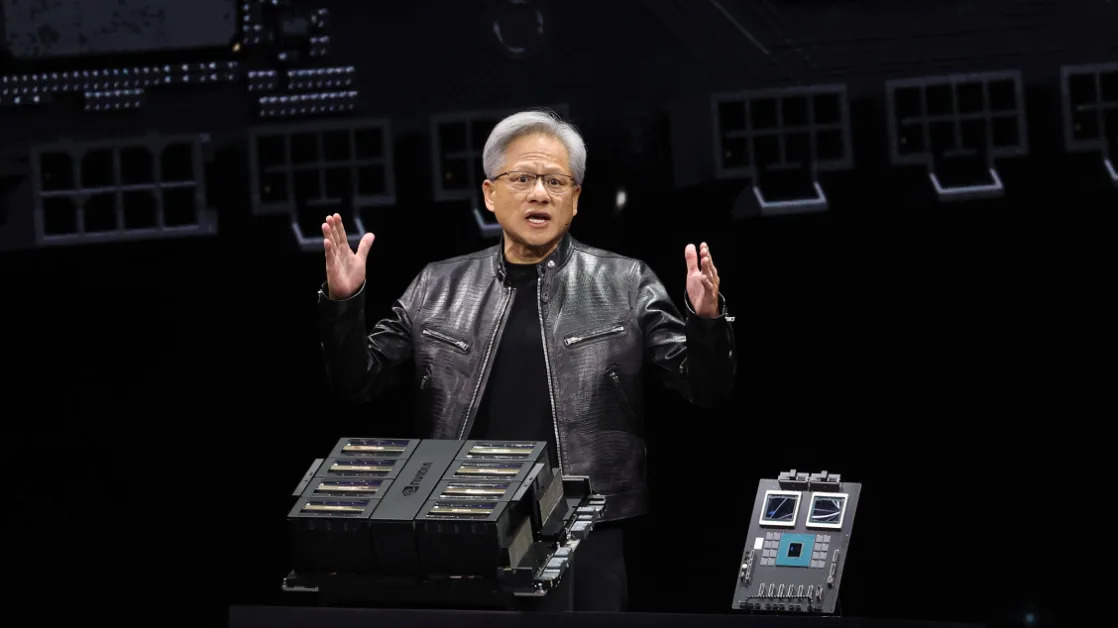After a big retooling of its Illinois assembly plant, Rivian’s ( RIVN ) updated “second generation” R1 vehicles are finally hitting showrooms. For a company with just two models — the R1T pickup and R1S SUV — these pricey products need to be nearly perfect to keep sales momentum going.
Rivian began deliveries of the R1T pickup in October 2021, to almost immediate praise . The truck’s clean design, quad-motor power, off-road setup, and smooth vehicle dynamics made it a critic’s choice .
So expectations were high when Rivian rolled out an SUV built on the same platform as the truck in August of 2022. But somehow, the magic was gone due to some ride and handling issues. The second-gen version out now gives Rivian a second chance to get it right.
But the adventure EV maker operating in the near-luxury space, with prices starting around $80,000, seems to have whiffed again — with a somewhat bumpy ride to blame.
New updates
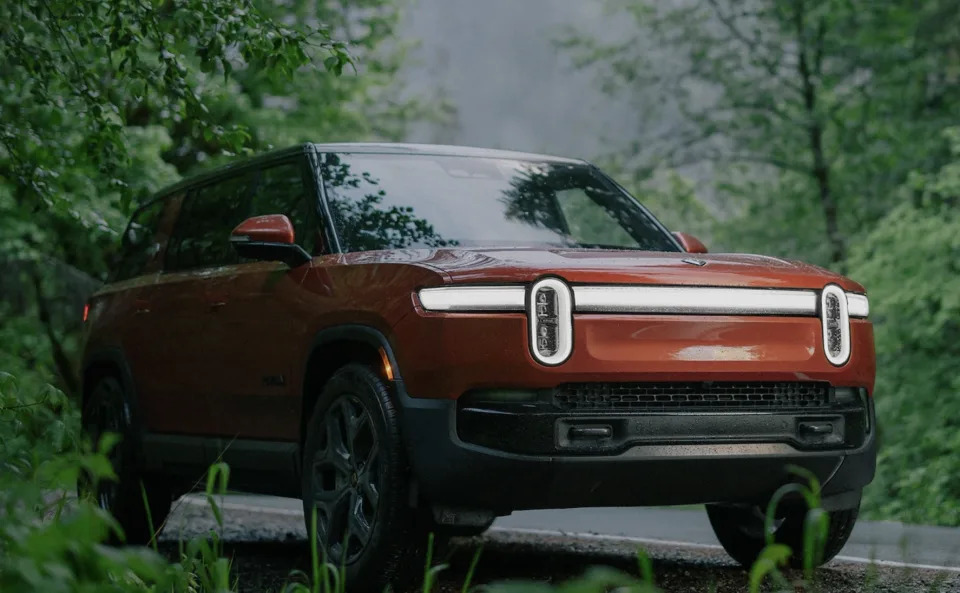
Let's start with the positives.
While the exterior of the updated Rivian R1 vehicles looks almost identical to the prior generation, the new vehicles have a lot going on under the skin.
Rivian’s in-house-built dual-motor carries over — but Rivian is replacing the outsourced motors used in its quad-motor setup with new in-house motors that are more efficient and more powerful, the company said. A new high-performance tri-motor setup (with one motor up front, and two in the rear) is available for the R1S and R1T too.
Rivian said it reengineered its Large and Max battery packs to reduce cost and weight, while delivering 330 miles and 420 miles of range, respectively, which is more range than similarly priced rivals.
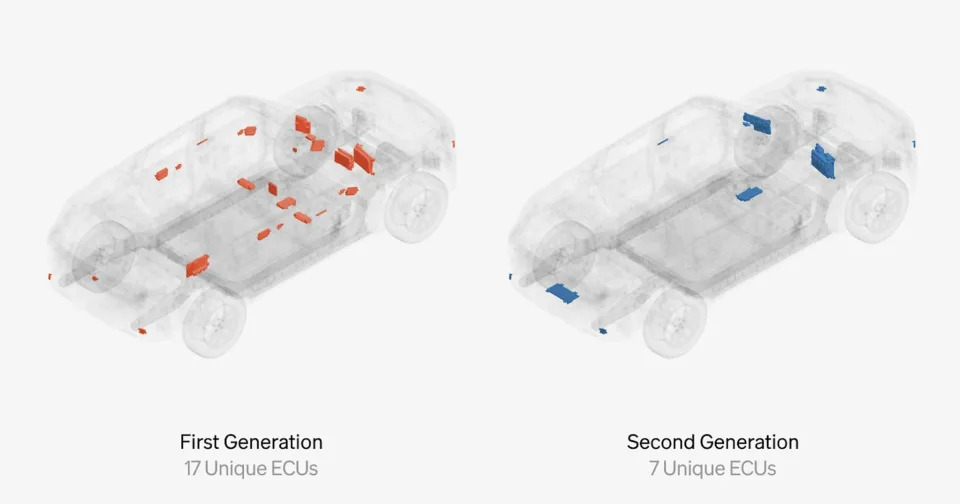
New heat pumps, “zonal” electrical architecture, and a reduced number of control modules and wiring further bring down costs and boost efficiency, Rivian said.
But more importantly, Rivian said it was revising the suspension and handling setup of the R1S, which would result in “smoother ride quality.” More on that later.
Behind the wheel
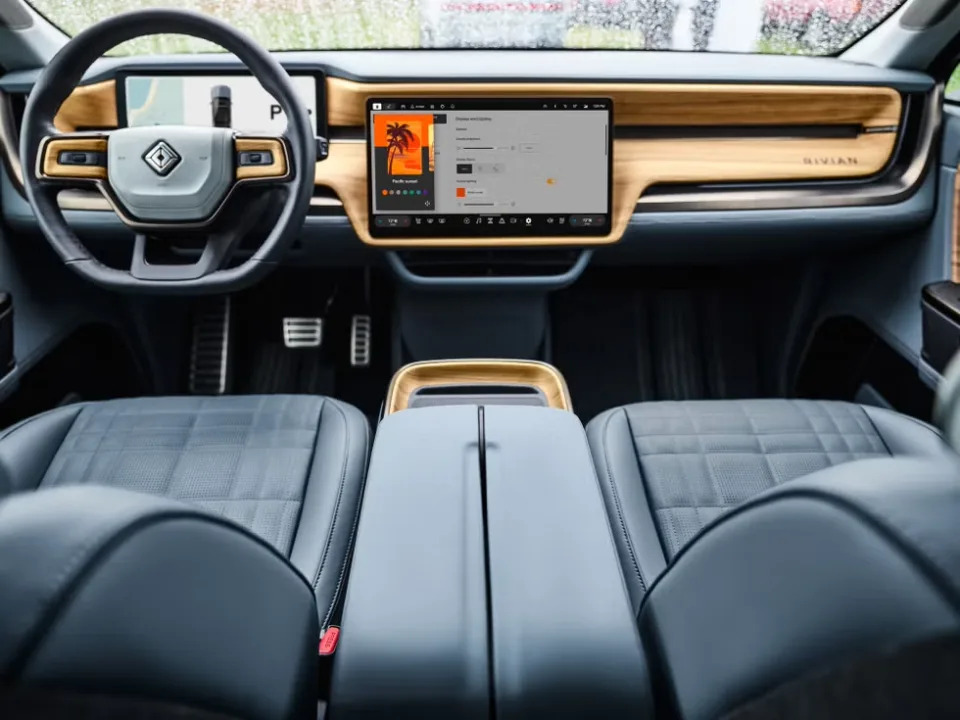
The Rivian R1S, though boxy in appearance, does have soft edges in the right places, and that gives the car an upscale, modern look. It’s not surprising Rivian didn’t feel it had to update the vehicle’s design after a little over two years on the market, at least for the R1S.
Inside the cabin, the level of appointments in terms of materials and fit and finish were on par with luxury brands like BMW ( BMWYY ) and Audi ( VWAGY ) though less cluttered. And the car’s NVH (noise, vibration, and harshness) characteristics were good. The cabin was quiet, there was no creaking or rattling, and there wasn’t much cheap plastic to bring down the quality of the interior.
Rivian’s front seats were nicely padded, though more bolstering in the seat back and in the seat bottom would have made me happier.
The R1S test vehicle provided to me by Rivian was a dual-motor performance version with a Max battery pack. This setup provided 665 horsepower, a 3.4-second 0-60 mph time, and around 410 miles of range.
That amount of horsepower is prodigious, but for a vehicle weighing around 7,000 lbs, it needs every horse it can get. While the acceleration was swift, it wasn’t as otherworldly as the quad-motor R1T that Yahoo Finance tested a couple of years back (nor would we expect it to be, given the quad-motor R1T's near 1,000 hp output).
What was noticeable when accelerating? The significant weight transfer to the rear that pushes the front of the R1S up. While this happens in almost all vehicles under hard acceleration, it felt more pronounced in the R1S.
That brings us to vehicle dynamics.
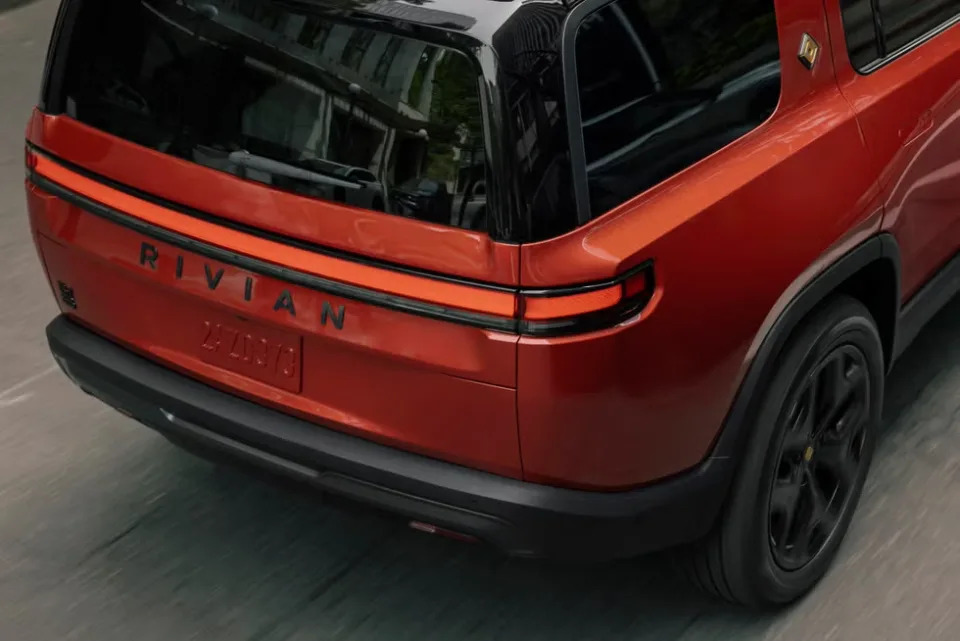
We, which includes my colleague Rick Newman, could not compare the first-gen R1S to the second-gen vehicle we had on hand. That said, first impressions driving the R1S were uneven.
At slower speeds the vehicle felt smooth and well damped, like a luxury vehicle should. But once rough road was encountered, the R1S became unsettled, and suspension rebound kept occupants bouncing for longer than was comfortable.
The car felt floaty at times too, and the steering felt a tad less direct than we would have liked.
Luke Lynch, Rivian’s director of vehicle dynamics, told Yahoo Finance that engineers focused on addressing some of the issues that affected the first-gen R1S. Lynch noted that the rear of the vehicle was heavier than the front, and that, coupled with a shorter wheelbase than the R1T, created an imbalance that needed to be addressed through adjustments to the suspension system and components.
That's not an easy task, and addressing these imbalances seems to be a work in progress for Rivian. The good news: With cars and EVs these days being “software defined vehicles” as they are called, Rivian can address these issues with software updates that affect dampers, air suspensions setups, and the like.

Lynch suggested we drive in the standard — or medium — ride height, as opposed to the lower setting, and set the suspension setting to “firm” as opposed to soft. (That can be accomplished under the car settings tab in the center console screen.) This did help a lot with ride handling, though we did still experience a bit more “bounce” from bumps than we would have liked, But, to be fair, it was better.
My guess is that, perhaps, the 22-inch wheels and the slimmer all-season performance tires didn’t help matters either. To be fair, European automakers have been making vehicles with sport or track suspension settings that are nearly undrivable. Nonetheless, going into a less aggressive setting typically gives users a more relaxed and composed ride.
Still, for a vehicle costing around $90,000 (our test version), these issues need to, and we expect them to, be resolved.
There's a lot on the line. Rivian has a lot of goodwill and a coolness factor still going for it (being an anti-Tesla helps). But legacy automakers are still pushing forward with luxury EV SUVs, and they are competing with the upstarts in terms of capability and price.
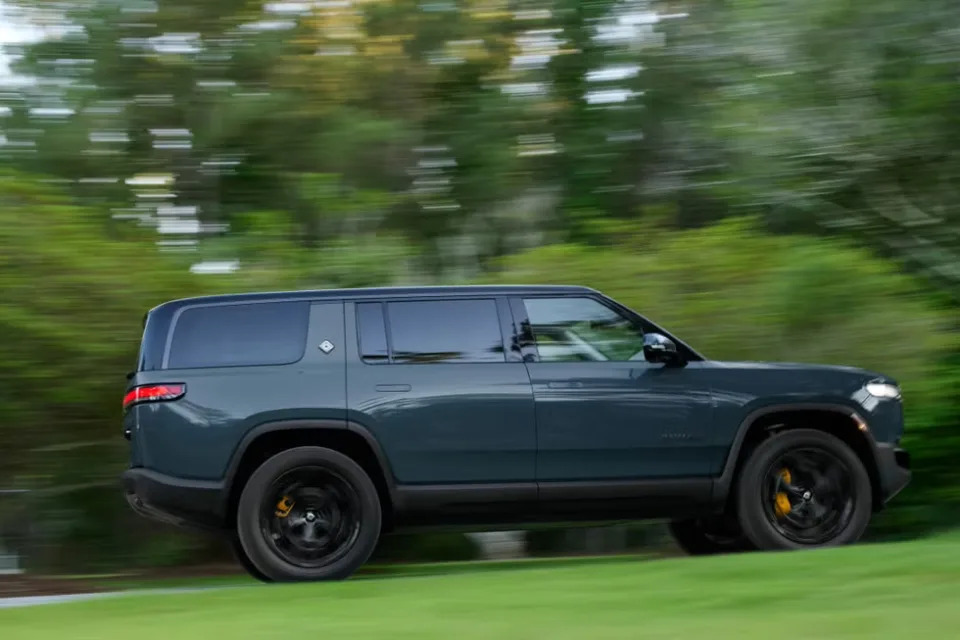
Those include the Mercedes ( MBGAF ) EQE and EQS SUVs, BMW iX, Audi Q8 e-tron, and even the Kia ( 000270.KS ) EV9 in the realm of competition.
While the Rivian has the edge in a few areas, the differences are shrinking, and deficiencies like an uneven ride give the impression that the R1S isn’t the world-beater the Rivian faithful expect it to be.
That all said, the R1S’s ride issues don't seem to matter at Rivian showrooms. Sales of the R1S are pulling ahead of the R1T, even though the pickup is cheaper. According to Kelley Blue Book, Rivian sold 16,154 R1S SUVs vs. 6,570 R1T trucks in the first half of 2024; a year ago, the figures stood at 6,745 and 10,638, respectively.
The bottom line: While the Rivian experience is generally a positive one, the new R1S pales in comparison to its pickup truck brother from a vehicle dynamics perspective, making it a tougher sell in the competitive luxury EV SUV market.
Pras Subramanian is a reporter for Yahoo Finance covering the auto industry. You can follow him on X and on Instagram .





